Microsoft has officially announced the next version of their Windows operating system, dubbed Windows 10. The updated operating system incorporates features from Windows 7 and Windows 8 and will be one platform that will work across multiple devices.
Terry Myerson, Executive Vice President of Operating Systems for Microsoft, started off by touting the worldwide usage of Windows, stating that windows devices outnumber users. He went on to say that the new Windows had to be built from the ground up for a “mobile-first, cloud-first world”.
Right out of the gate, Myerson toyed with the name of the new version of windows saying Windows 1 has been done, and it wouldn’t be fair to call it Windows 9. Turns out, the new version of Windows is Windows 10. The main component to Windows 10 is that it will “run on the broadest types of devices ever”, including laptops, desktops, tablets, and Windows Phone devices. When asked why Windows 10, Myerson responded by saying:
This product, when you see the product in your fullness I think you’ll agree with us that it’s [Windows 10] a more appropriate name.
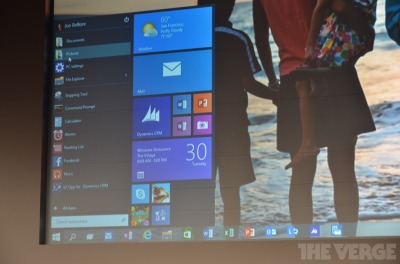
Joe Belfiore, who has worked on Windows Phone in the past, took the stage next to show some of the basics of how Windows 10 will work and mentioned the software they are showing today is a very early build. As expected, one of the first things Belfiore showed was the return of the Start Menu. As was shown previously in the leaked Windows demo a few weeks ago, tiles are also part of the new Start Menu complete with pinned apps, and options to shut down and restart. The key reason for returning the Start Menu functionality is to target Windows 7 users who will be upgrading to the new operating system.
Some of the key features include:
- one application platform across multiple devices
- a single Windows store for apps to be discovered, purchased and updated
- compatibility with all traditional enterprise management systems used today
- customizable store for enterprise customers
- ability to separate corporate and personal data across devices
- return of the Start Menu
- pinned apps in Start Menu
- resizable tiles on the Start Menu
- universal search from Start Menu
- ability for windowed “universal” (Windows 8 style modern) apps
- improved multitasking
- multiple desktops with the ability to run different apps on each
- command prompt updates
- touch screen interface updates (i.e. swiping in from left displays task view)
- updated Start Screen for touch enabled devices
The Technical Preview build for laptops and desktops will be available starting tomorrow through the new Windows Insider Program. Windows 10 will be shipping to consumers late in 2015 after the Microsoft Build conference in April. No word on upgrade pricing for existing Windows 7 or Windows 8 users.
What do you think about the changes to Windows? Is it enough to help users gain confidence in the operating system? Let us know in the comments below, or on Facebook, Google+, or Twitter!
[button link=”http://live.theverge.com/microsoft-windows-9-event-live-blog/” icon=”fa-external-link” side=”left” target=”blank” color=”285b5e” textcolor=”ffffff”]Source: The Verge[/button]
Last Updated on November 27, 2018.

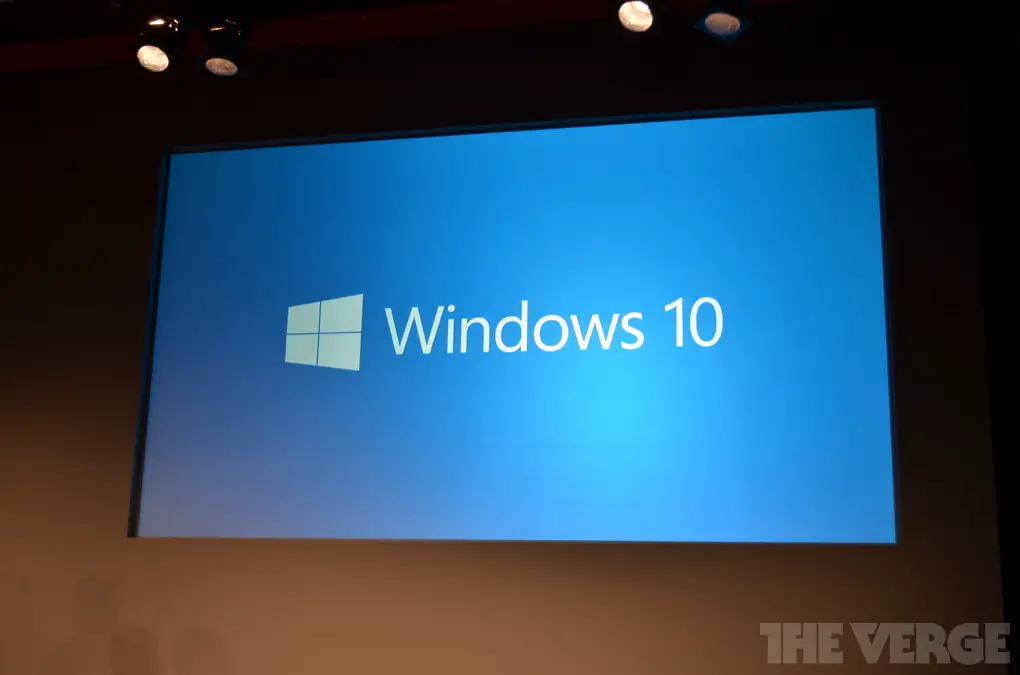


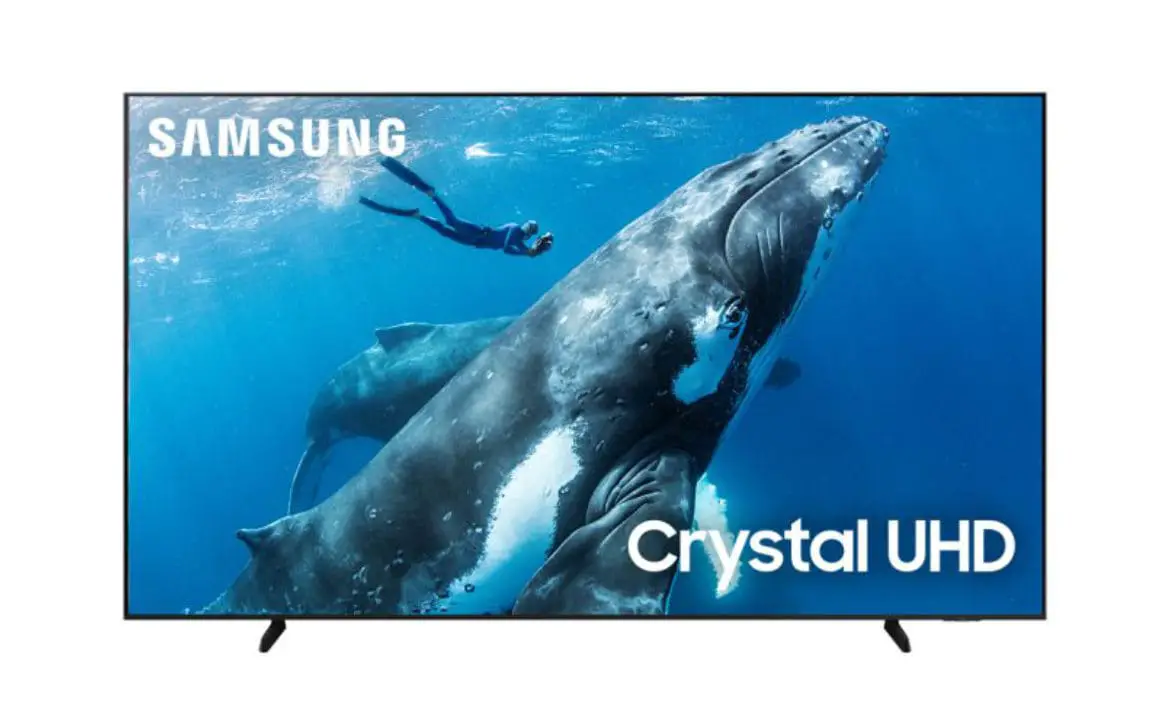
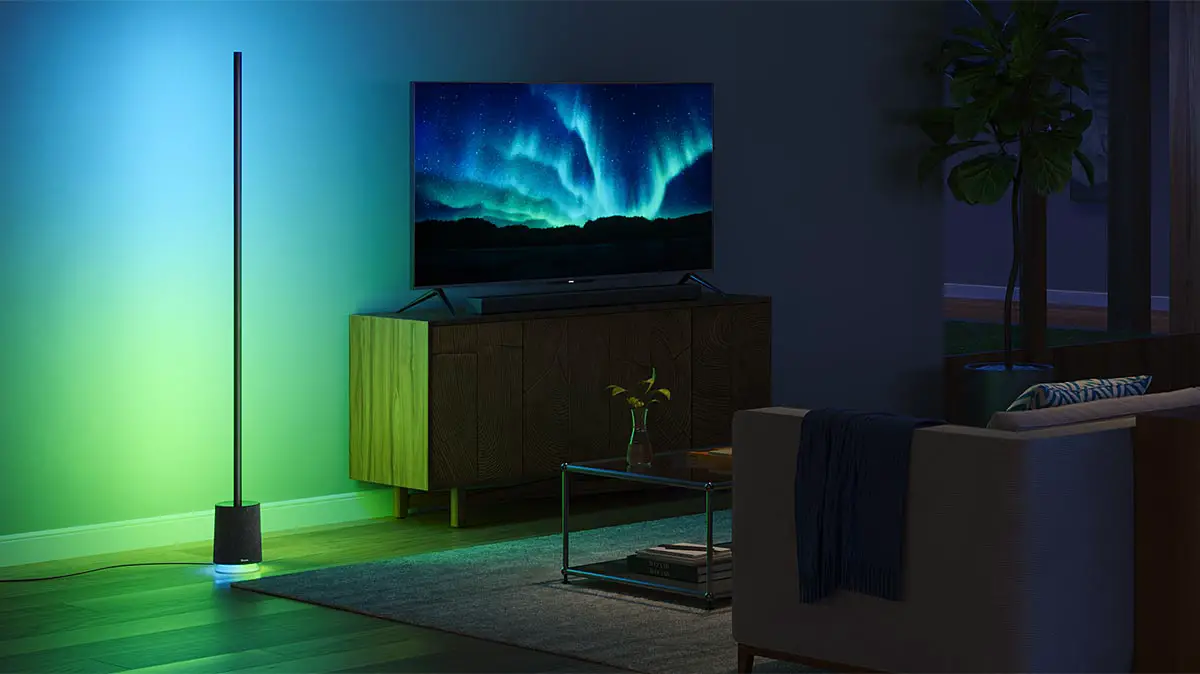
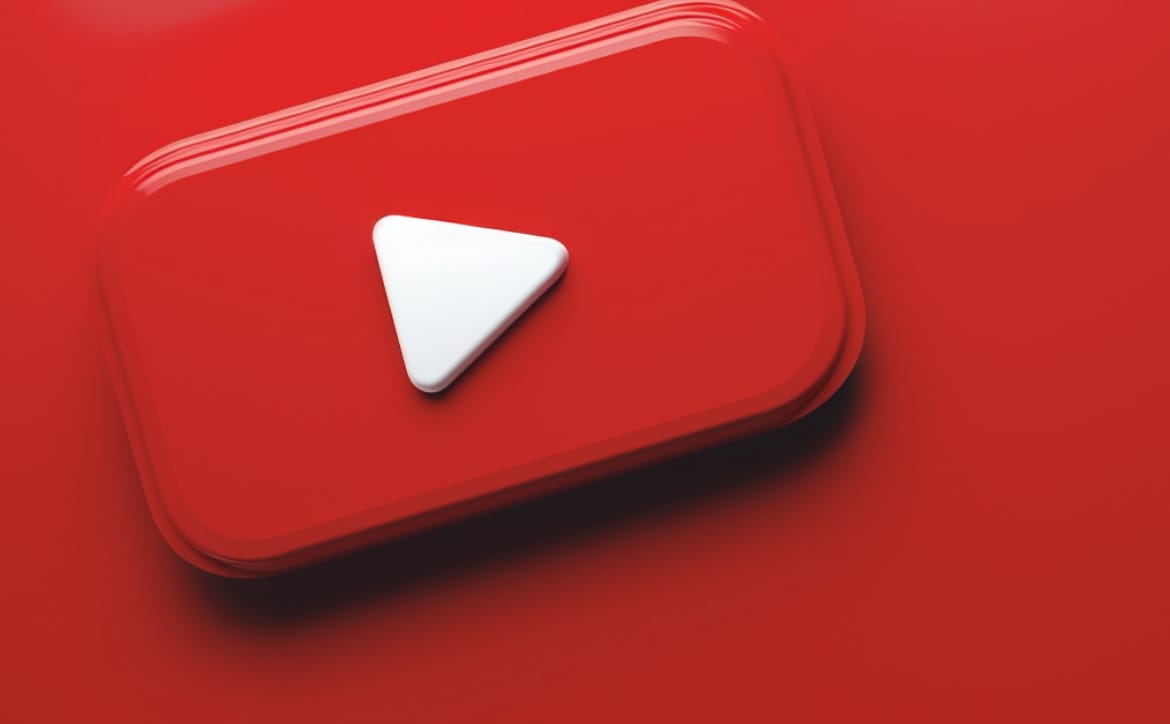
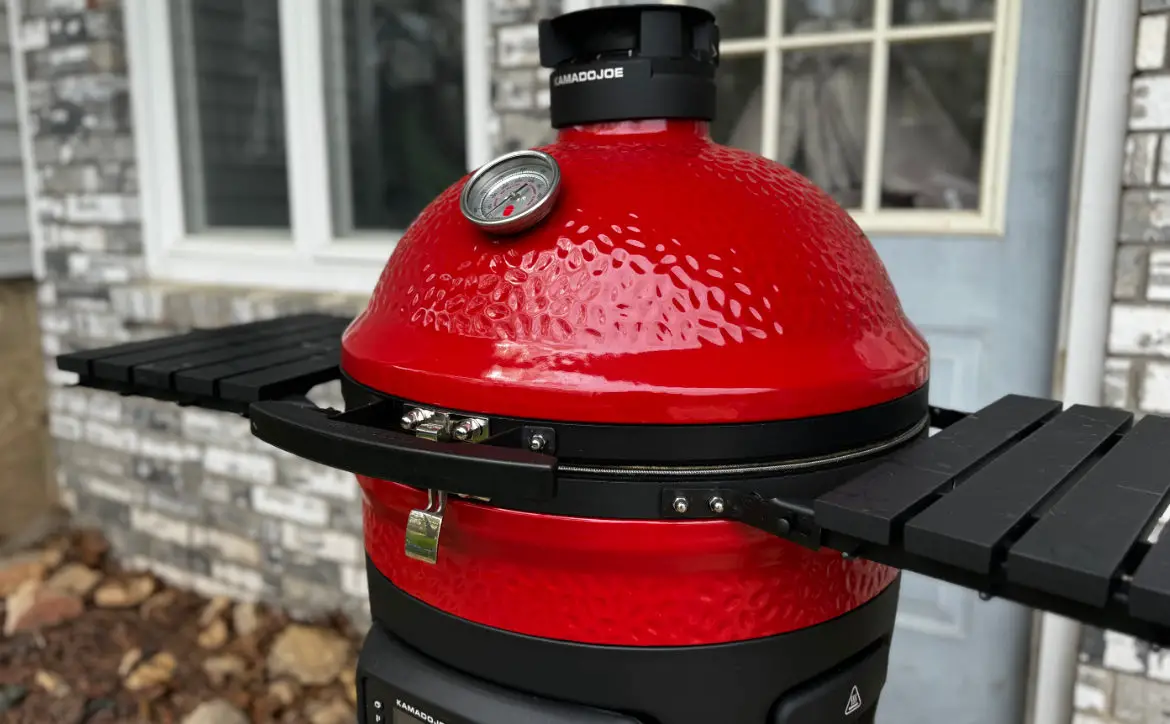
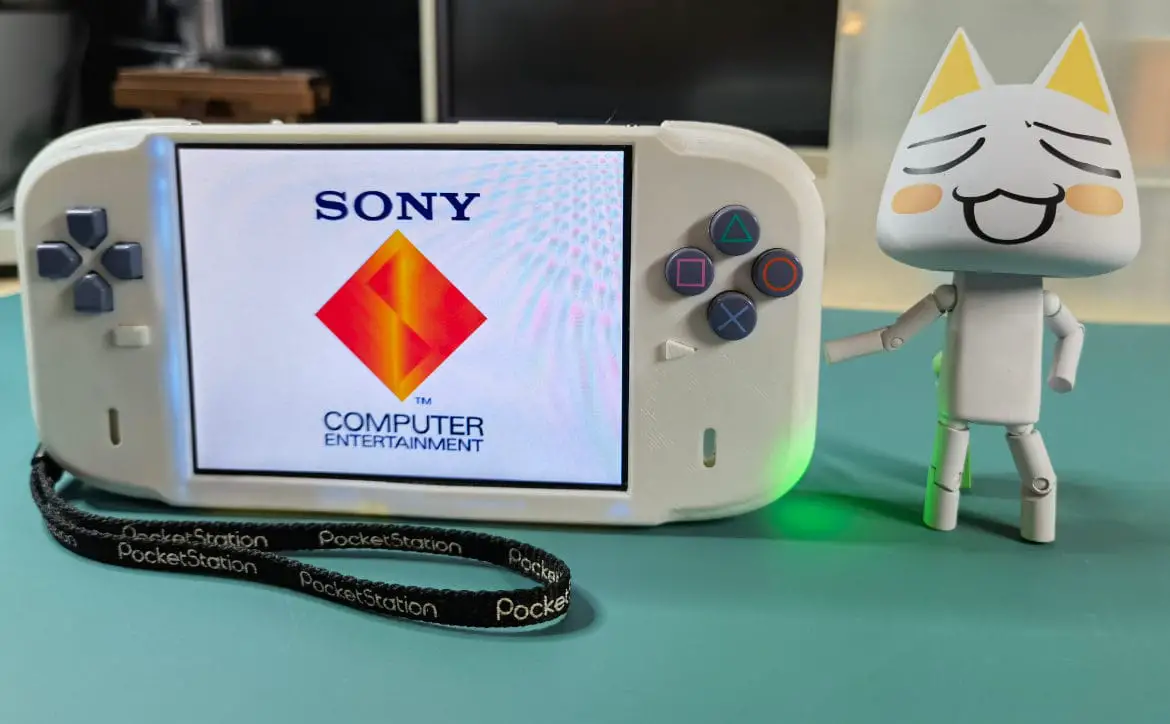
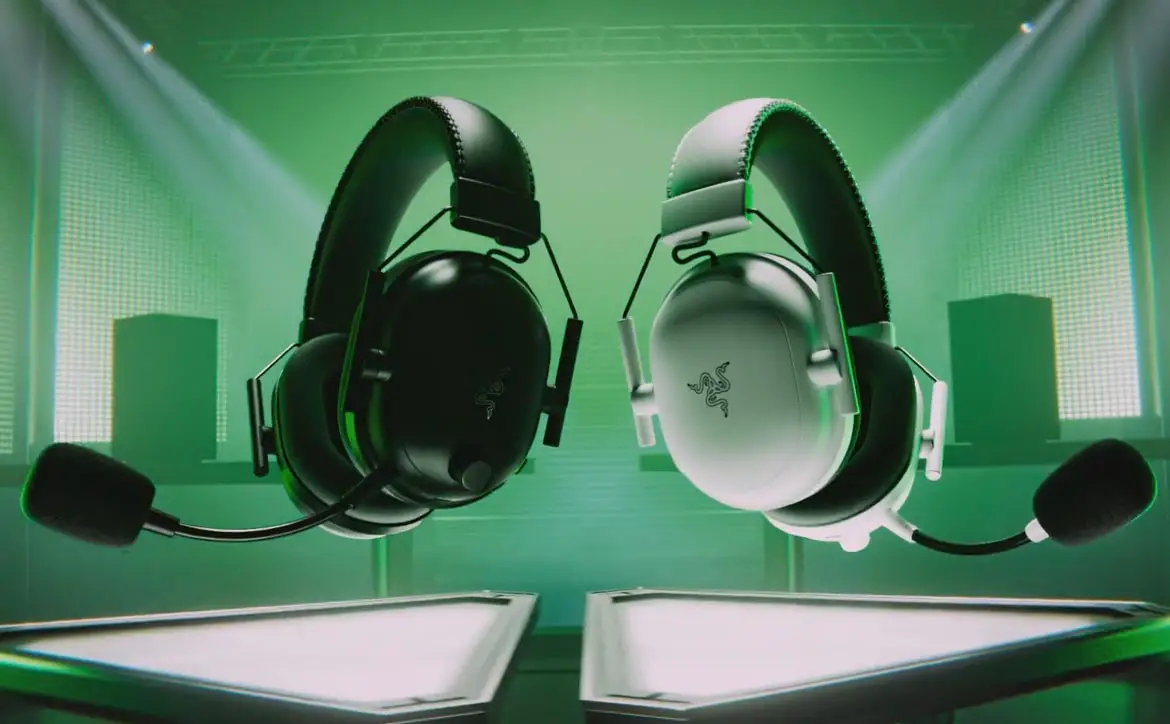
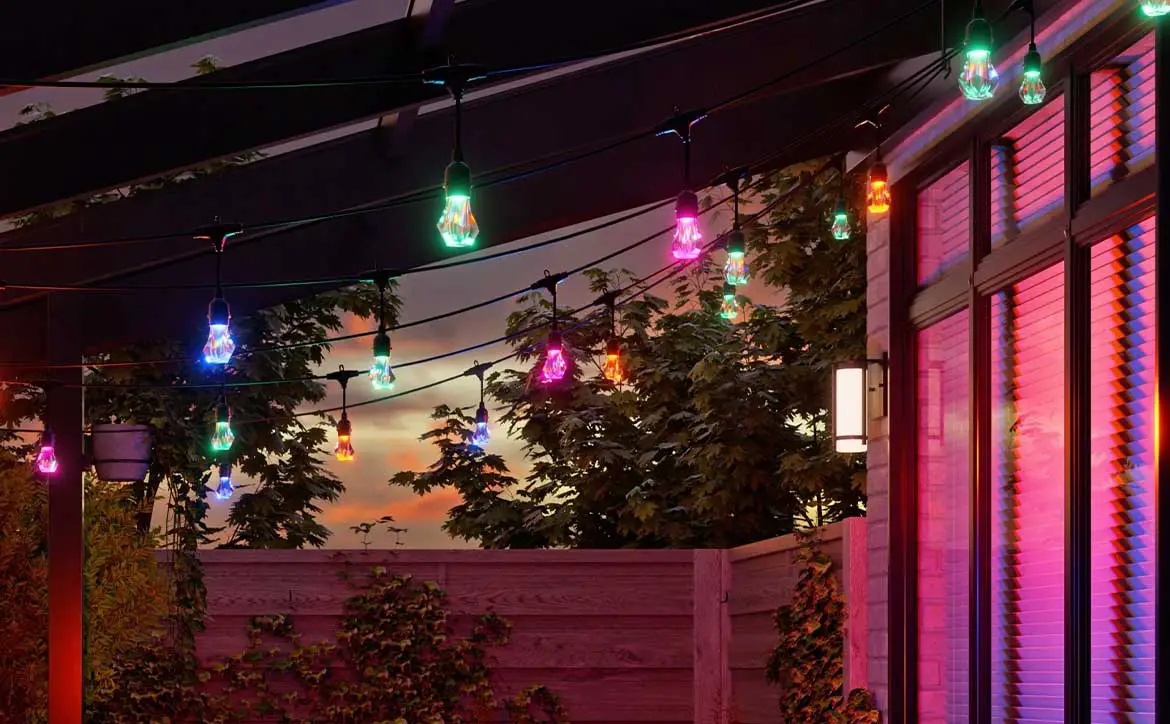
Comments are closed.